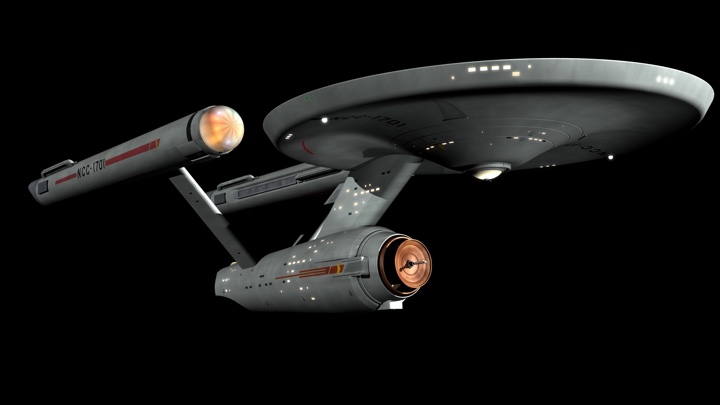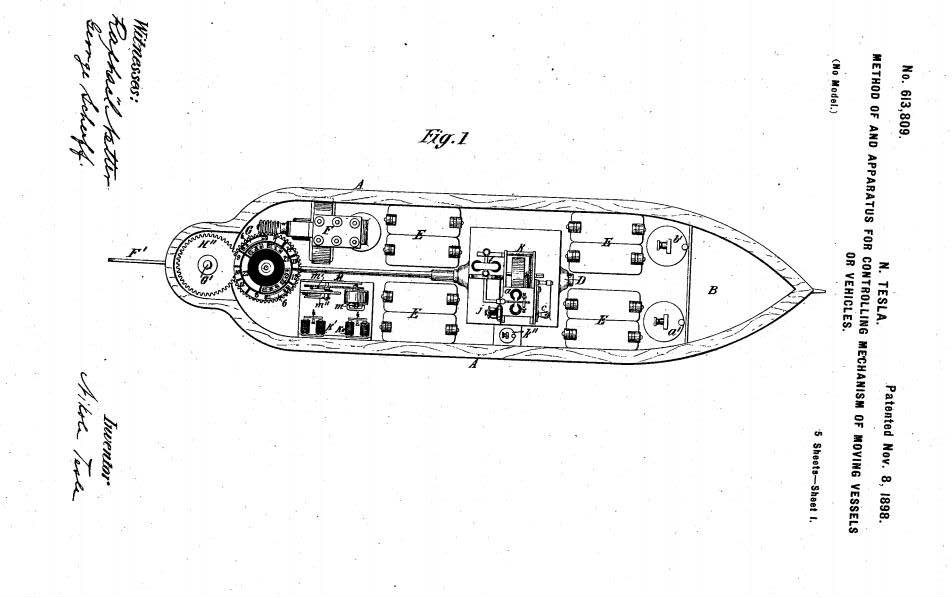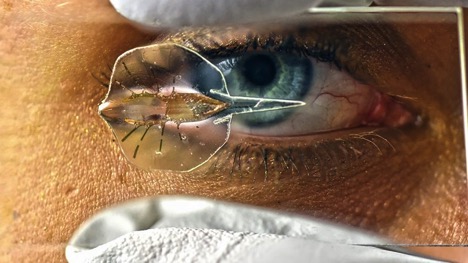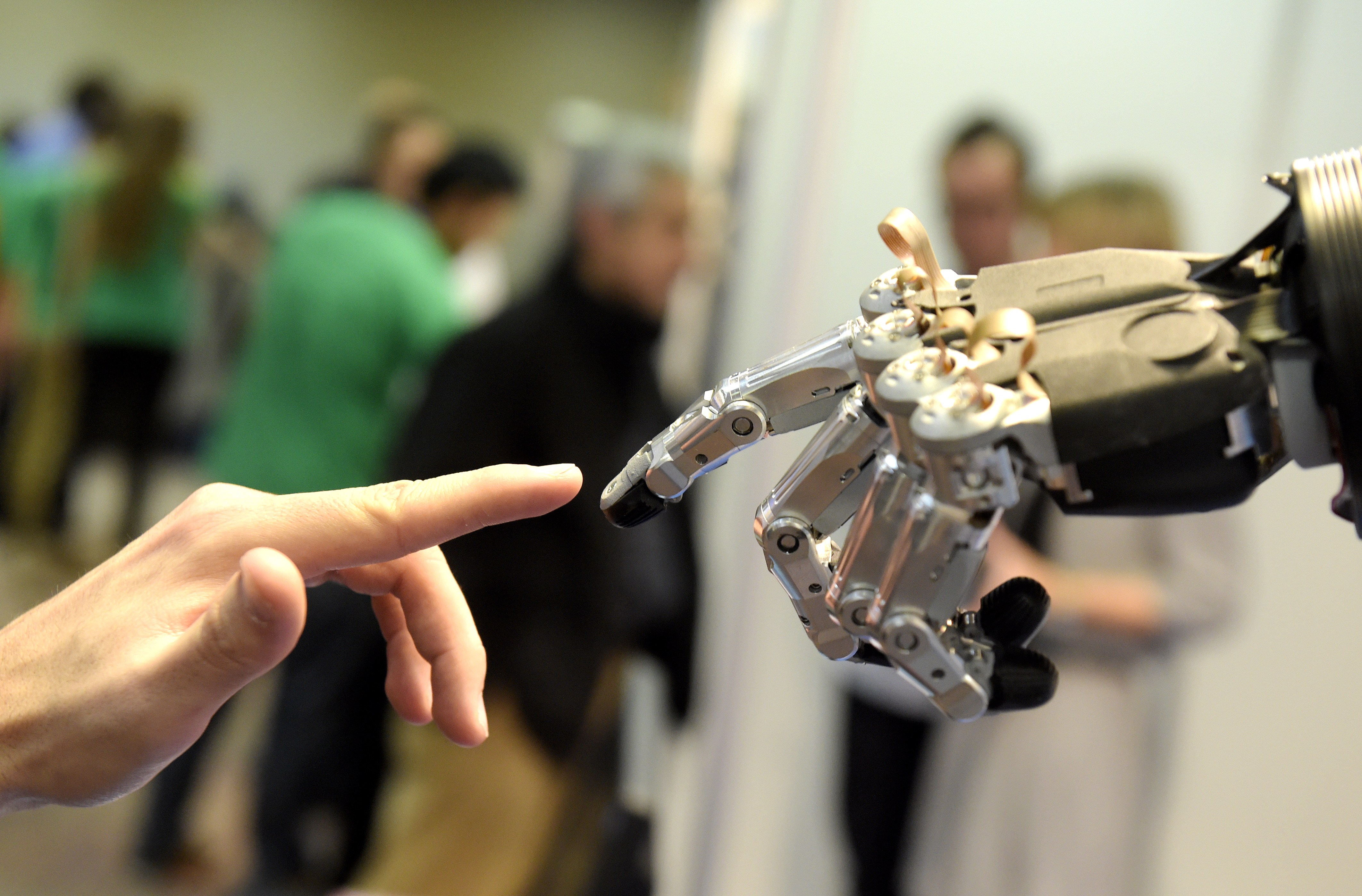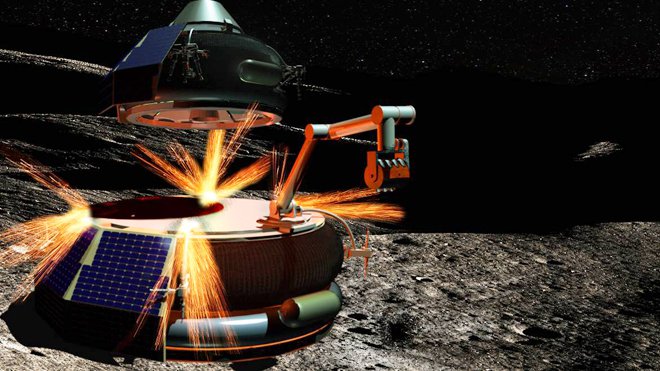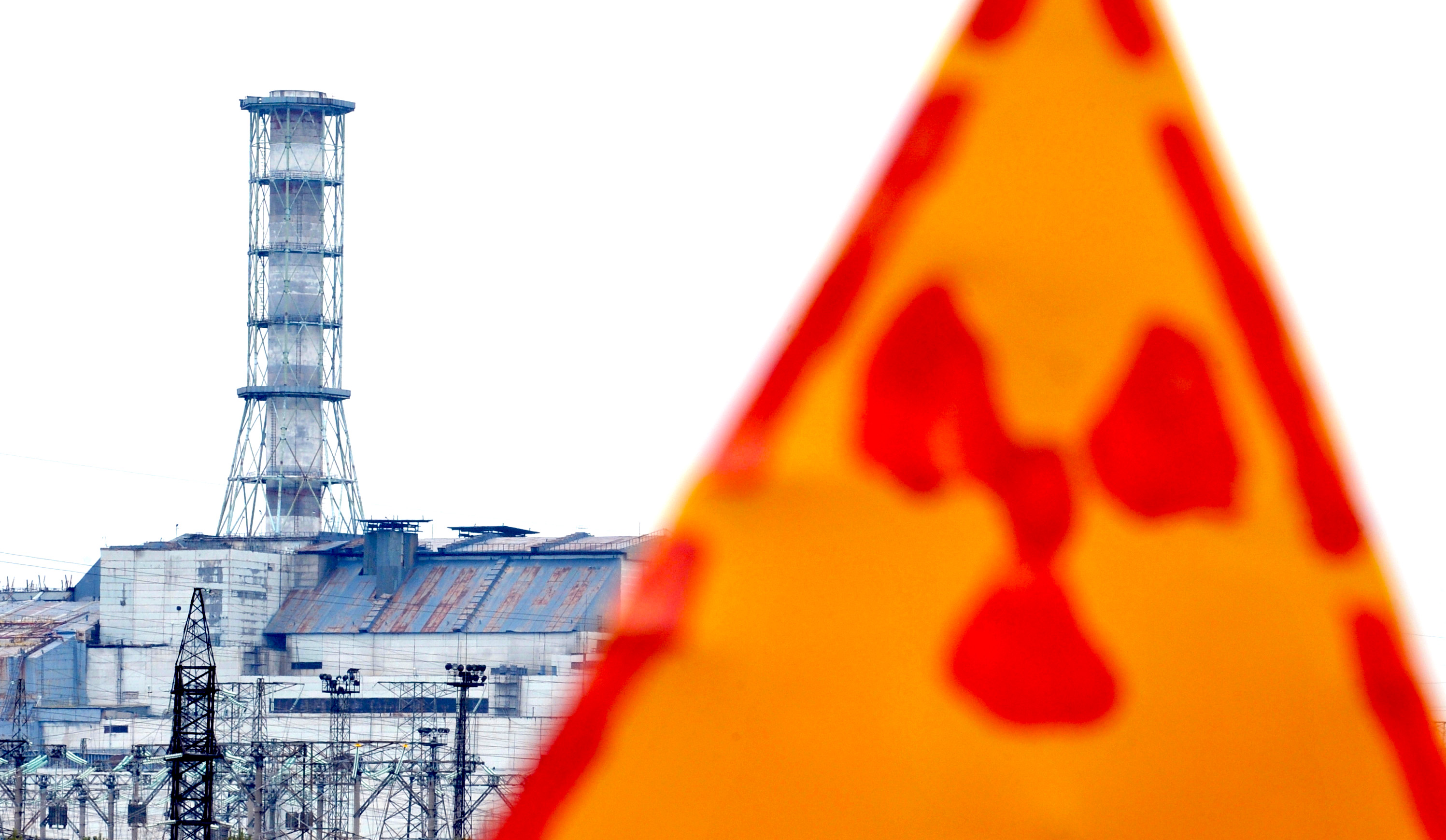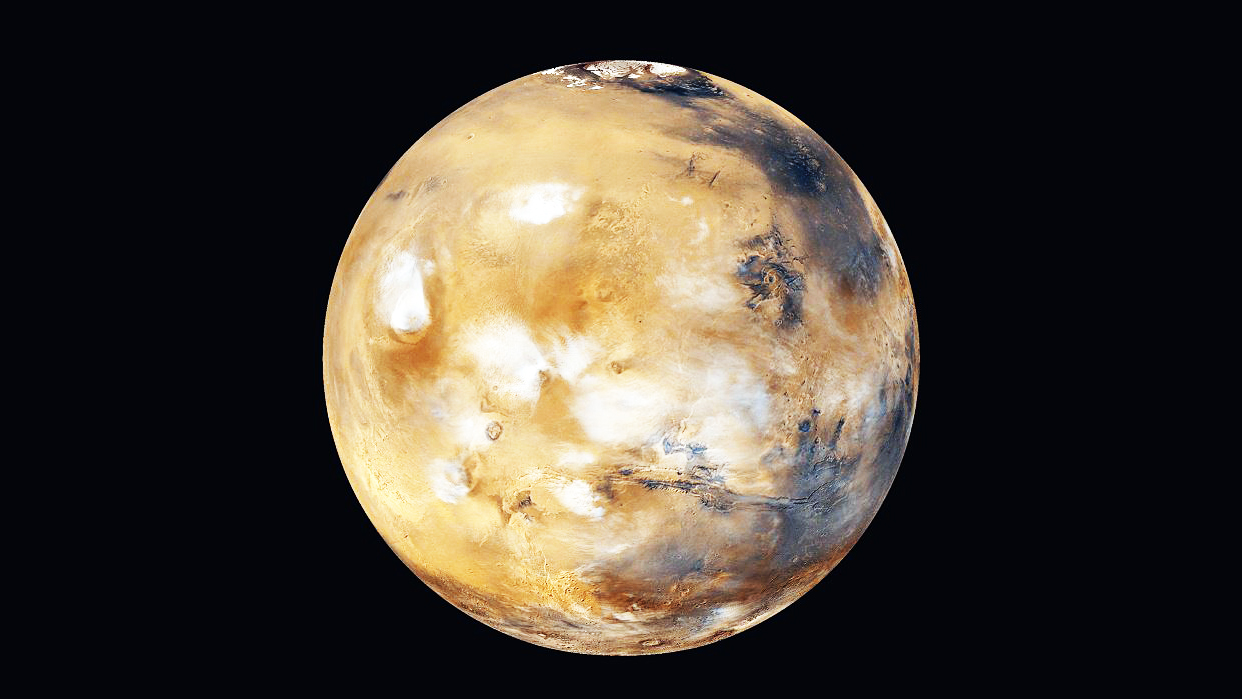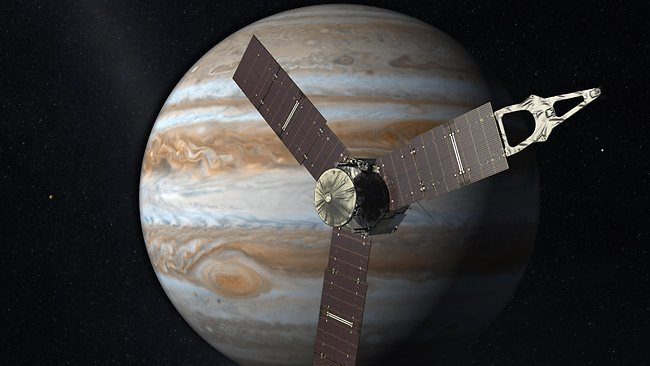Technology & Innovation
All Stories
Looking at how our technology and culture compare to Star Trek’s vision of the future.
Apple’s removal of the iPhones 3.4 mm headphone jack is causing an uproar as part of technology’s inexorable march forward.
A new study suggests that 70% of the time scientists see brain activity on an fMRI, they aren’t.
Samuel Arbesman warns that we’ve entered a new “age of Entanglement” with our complex technology-based systems.
A team of Harvard researchers 3D prints a fully autonomous octopus-like robot that runs on a chemical reaction.
Is virtual reality the future of gaming? They might be, if controllers like this are anything to go by.
One graph claims to show the inverting relationship between inequality and opportunity. The Great Gatsby Curve sheds light on one of the key issues of our time.
Nikola Tesla predicted drones, but also predicted their awesome power would unite us all. So far, the only weapon to do that was the Atomic Bomb.
A lack of resources may have made the route once considered likely impossible.
By definition, innovation brings disruption. 3D food printing is converging with the demography and culture of convenience. From fast moving Millennials, to Boomers who seek hassle-free living, 3D food printing may change not just how we eat, but how we buy what we eat. What might the convergence of this new technology and the disruptive demographics of convenience mean for the future of the grocery store?
Radiolab’s Jad Abumrad talks about the mystery of the continued popularity of radio’s and its cousin podcast.
If perfected, Gene therapy promises to heal in one shot, without complications or side effects.
You know what self-driving cars will help reduce? Phantom traffic jams. You know the ones, where traffic seems to just halt. You see no accidents, no construction, no state trooper—everything has just slowed for what seems like no reason at all.
The brain seems to be orderly arranged in ever complex and elegant ways, unique to each individual.
This is a cyborg stingray. It’s as big as a penny, guided by a laser, and moves on its own when exposed to blue light. And it’s the brainchild of Kevin Kit Parker.
Recent studies have found that humans can feel concern over a robot if they think that it is in pain. This indicates that we can feel as much empathy for a mechanical person as a biological one.
In 2017, Moon Express will be the first private company to land on the moon. Its goal is to mine the moon’s resources and use the lunar surface as a stepping stone for exploring the rest of the universe.
Paul Davies suggests we open our minds to where alien messages might be hiding, including in our own DNA.
Ukraine’s government is planning to turn the contaminated area around Chernobyl into a producer of renewable energy.
New analyses of data gathered by the 2001 Mars Odyssey rover reveals that water molecules are bound up in the very soil of Mars.
NASA has given its Mars rover Curiosity the ability to “decide” which rocks to zap with its laser in the recent AEGIS software update.
How do we know governments and hackers aren’t surveilling our smartphones? The answer is we don’t. Edward Snowden is here to fix that.
Several studies confirm that 2016 is shaping up to be the hottest year ever.
Fashion designer Tina Gorjanc has introduced a line of leather handbags and jackets made from late designer Alexander McQueen’s lab-grown skin.
Researchers can find gene mutations that give one a propensity toward cancer and the risks of certain diseases. Who should get tested?
Economic and social theorist Jeremy Rifkin says that sharing online and on-grid spells the death of capitalism and the birth of a worldwide neural net.
How do you fool a robot? It’s not difficult—machines are only good at what we tell them to do. But even still, many parts of our world may not be “readable” to some robots.
A synchrotron has just unlocked the writing inside ancient Herculaneum’s incinerated scrolls.
Hash-tag capitalism, paid posts, and transparent (but not honest) sponsored captions – will this social media influencer trend ever end?
What narrow misses did NASA’s Juno probe face on the five-year journey to Jupiter, and it’s acrobatic slip into the orbit of our solar system’s largest planet?
